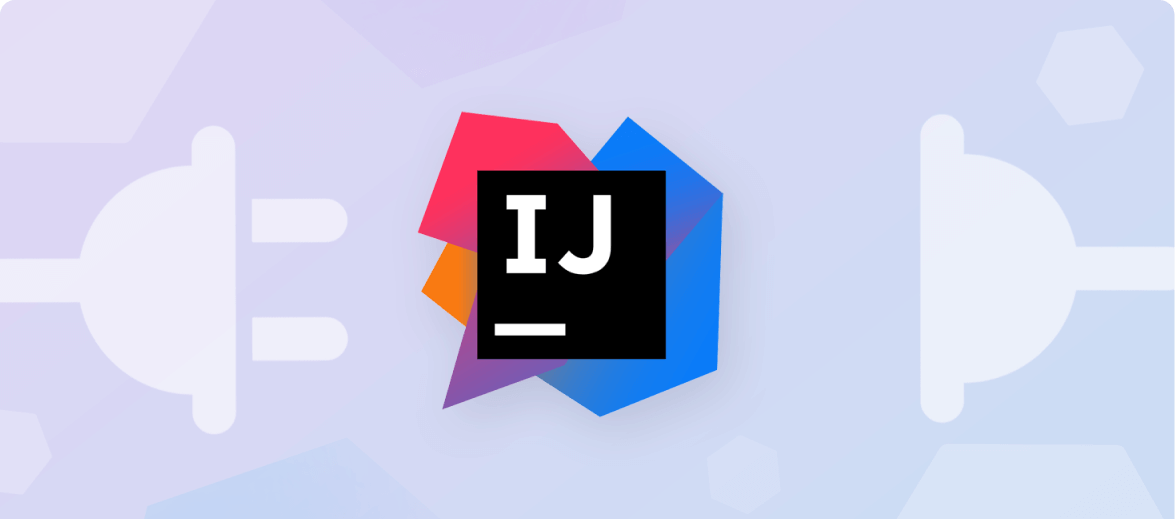
Best IntelliJ plugins you need to know about for 2024
December 14, 2021
/
8 -min read
Despite the rise of JavaScript, Java is not dead. Instead, it has thrived and grown…

21 IntelliJ shortcuts to boost your productivity
December 9, 2019
/
6 -min read
Using keyboard shortcuts in Intellij IDEA can save you a lot of time, increase your…

IntelliJ IDEA vs. Eclipse: Which is better for beginners
March 18, 2019
/
7 -min read
Any discussion comparing IntelliJ IDEA and Eclipse for Java development can be tricky because it's…

5 best IntelliJ themes and how to pick yours
February 25, 2019
/
6 -min read
When you first start to code, having pretty colors in your editor and terminal is…